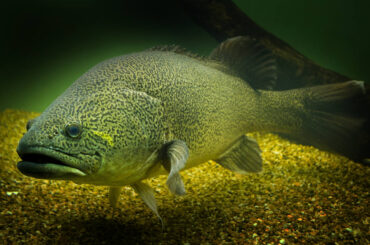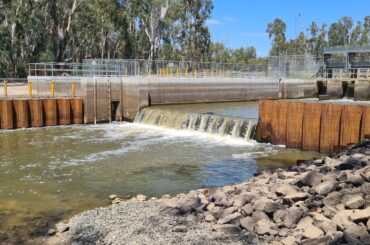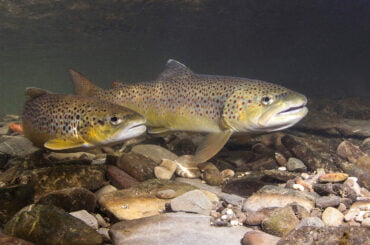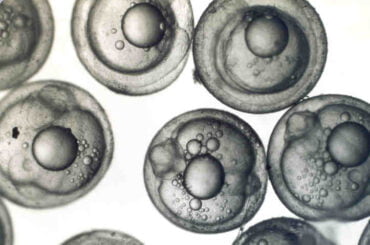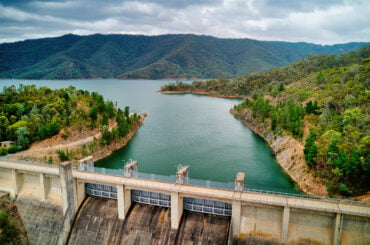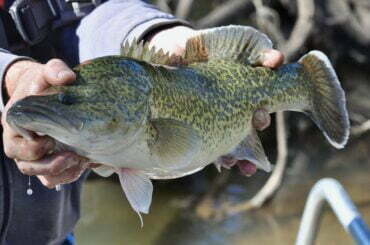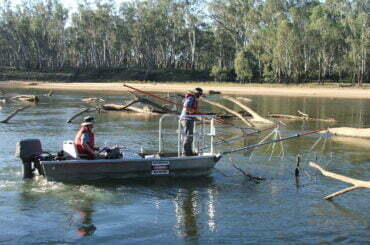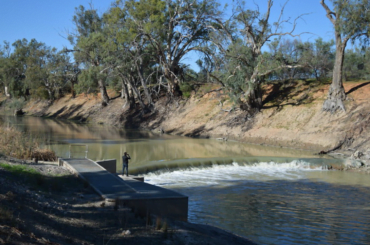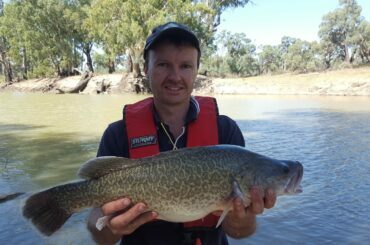Within the Murray Darling Basin (MDB), experts have estimated a decline in native fish abundance of ~90% since European settlement. Things such as changes to the hydrological regime, habitat degradation, river regulation and infrastructure, over-fishing, and impacts from alien species are all contributing to the ongoing decline (Koehn and Lintermans 2012; Lintermans 2013). Ongoing monitoring
Some time ago, we published an article about the fishways at the Koondrook and Cohuna weirs that were constructed in late 2021. More recently, we pondered on the development of performance standards for fishways and what a good fishway looks like. Although still in development, the researchers at Arthur Rylah Institute (ARI) have been collecting
From the mighty Murray cod to the beloved Golden perch, some of our favourite native species have enjoyed the benefits of learnings gathered from the Flow Monitoring, Evaluation and Research program (Flow-MER). The program uses research to investigate how water for the environment can be used to enhance specific parts or processes of the fish
A long time ago in a galaxy (not so) far, far away ... aliens infiltrated the ranks of many native fish populations and risked their very survival. Fish may not be an alien concept to us, however, for Australia’s native flora and fauna, alien species pose a real threat. Native fish declines are a big
Global warming is an increasing threat for many of earth’s ecosystems. Climate change is rapidly and drastically altering the natural world, but what effect is this having on fish and is there anything we can do about it? We know that global warming is causing rapid increases in the temperature of aquatic ecosystems on a
Native fish in Australia are hardy, having adapted over millennia to live in one of the driest continents on Earth. However, research shows that even the hardiest of native fish species aren’t immune to the effects of human changes to natural environments. River regulation, in particular, alters aquatic ecosystems significantly, changing the natural environment and
Fish Movement Weirs and regulators in rivers and lakes can impede or block the movement of native fish, impacting their ability to migrate and move to suitable feeding or breeding areas. While all fish need to move around to some degree, ‘flow-specialists’ like Golden perch and Silver perch need to move along rivers as part
Government agencies, local communities and First Nations representatives are exploring ways to help return the once iconic Murray cod to its former glory in the Darling-Baaka River between Bourke and Louth. The response comes after extended drought and resulting poor water quality had a devastating effect on native fish populations across the Darling-Baaka, with sampling
In order to recover native fish populations, the Australian Government invests a significant number of resources, particularly regarding environmental water. In order to guide this investment, it is crucial to understand how and why fish populations vary. Although there is a considerable amount known about how different characteristics of populations impact population growth, less is
Understanding why, how and when animals move is important for the conservation of different species. In highly modified landscapes, the inclusion of movement ecology can improve the likelihood that conservation and restoration practices promote the resilience of native species. In the case of freshwater fish, they must move regularly within human-modified river systems to feed and spawn,
The Ovens River in north-eastern Victoria is home to two large-bodied native freshwater predators: Murray cod and Trout cod. These iconic fish are top order piscivores (carnivorous animals that primarily feed on fish), helping to regulate the structure and functioning of their aquatic environments. While threatened Murray cod are highly sought after by anglers, the
Where do Australia’s native fish live? Perhaps in Murray Cod condos or, Flathead Galaxis flats, or even Murray Hardyhead houses? These cozy dwellings are also known as fish hotels which mimic the original habitat of the fish in instances of removal or intervention. They are dubbed fish hotels as most fish only stay a brief
